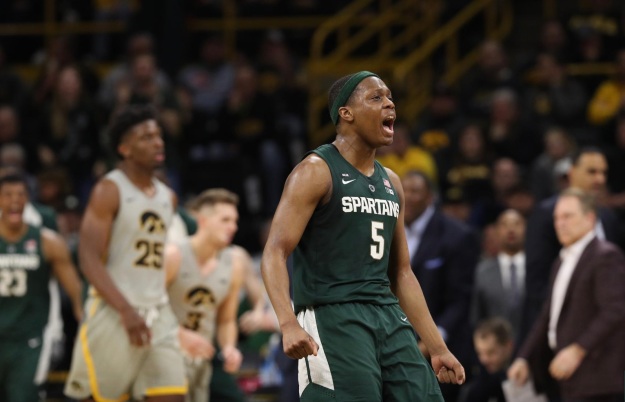
This is a piece about postseason bids, and this is not a picture of athletic directors in a conference room. It is instead a picture of people happy about their team. (startribune.com)
Selection committees are college basketball’s original sin.
The first modern postseason tournament was arguably the eight-team National Intercollegiate Basketball Championship Tournament in Kansas City in 1937. It had a selection committee. The following year, the inaugural National Invitation Tournament was held with six teams at Madison Square Garden. It had a selection committee.
Finally, in 1939, due largely to pushing and cajoling by Ohio State head coach Harold Olsen, the NCAA held its first tournament, an eight-team affair that culminated in a championship game in Evanston, Illinois. It had a selection committee.
At least the creators of the NIT had the decency to foreground the subjective nature of the endeavor in their event’s very title. The NCAA tournament has been an invitational now for decades, albeit one with 32 spots reserved for automatic entrants certified by their conferences.
We should learn from and follow through on the example set by these automatic bids. We should make each tournament spot an outcome to be won through unmediated basketball performance instead of a favor to be granted through jury deliberation.
People in the 1930s needed committees to put on these tournaments. We no longer do. Continue reading








